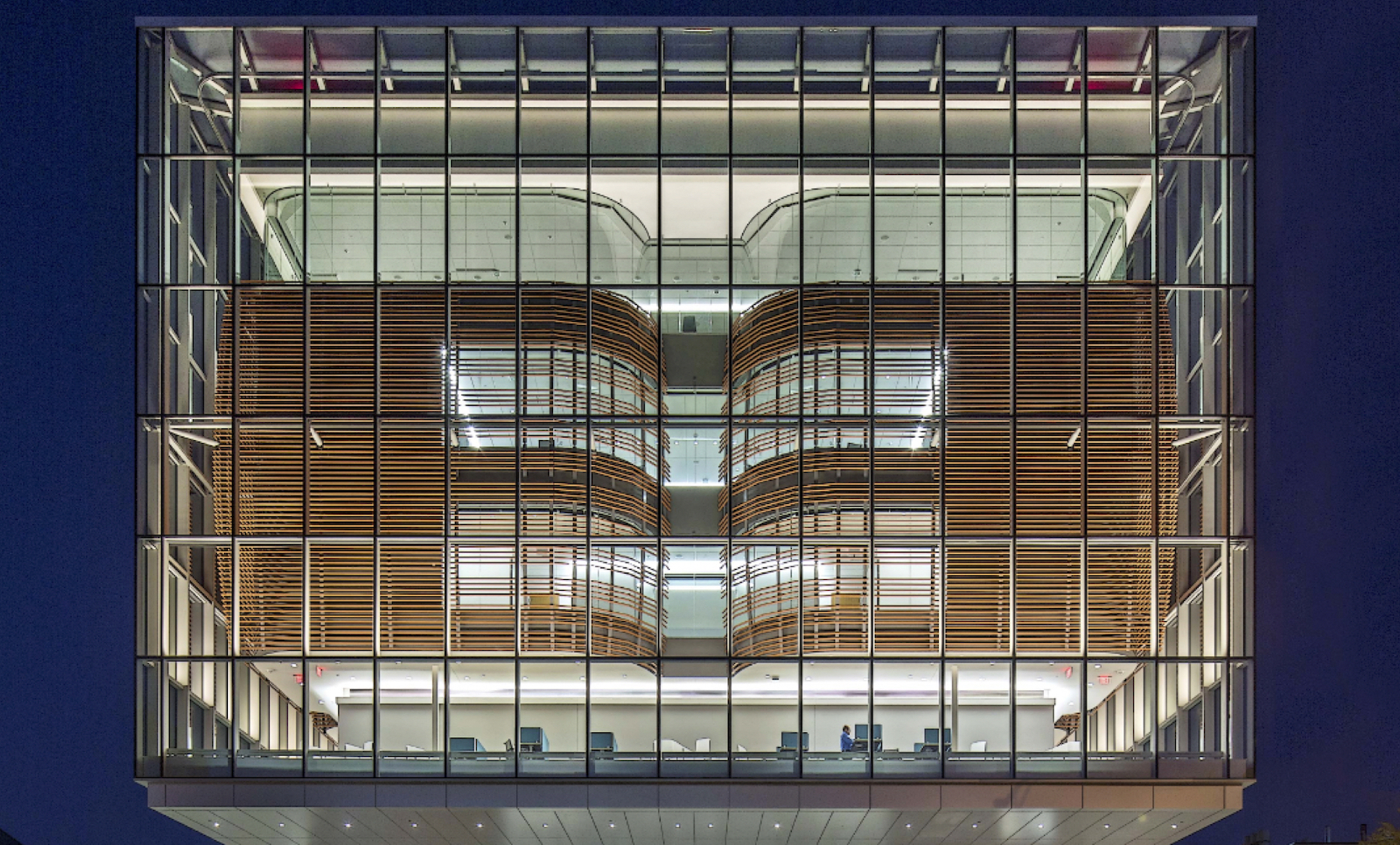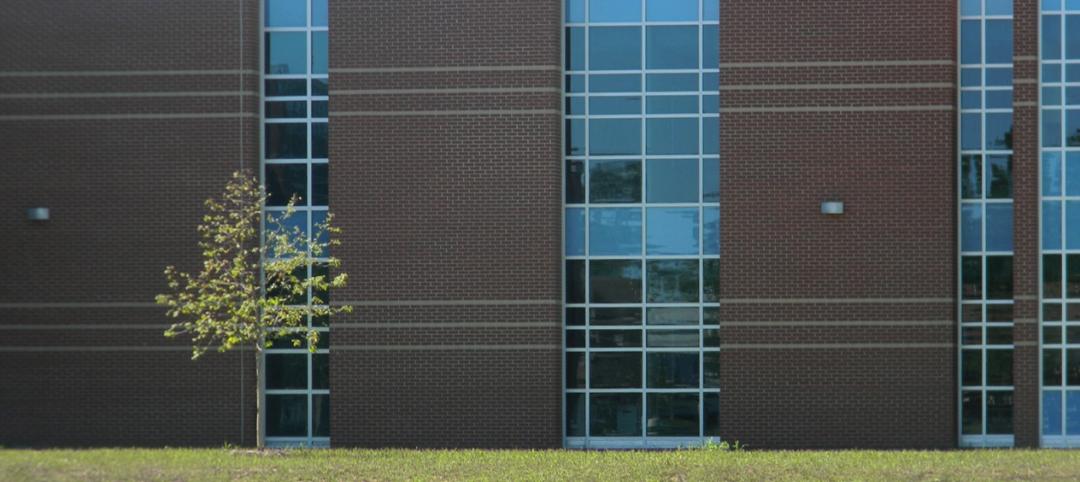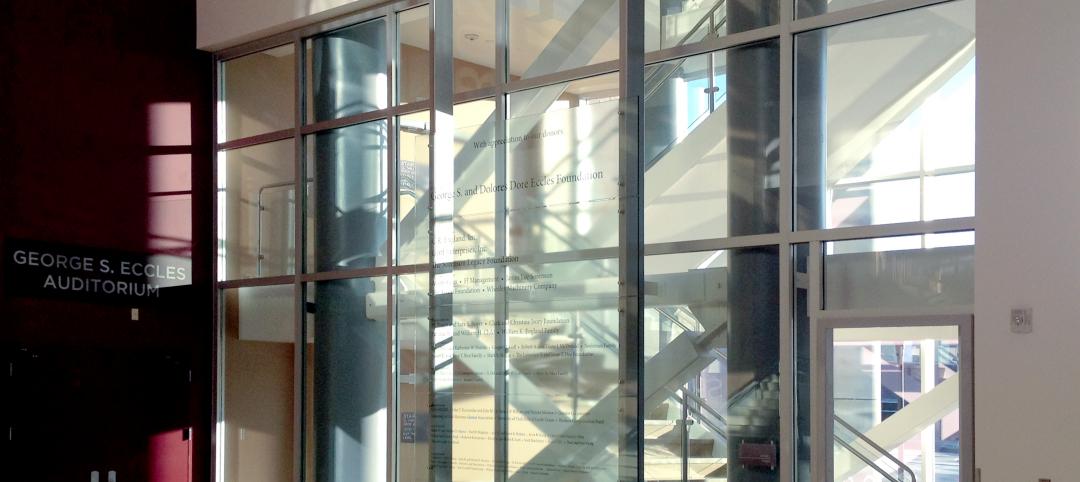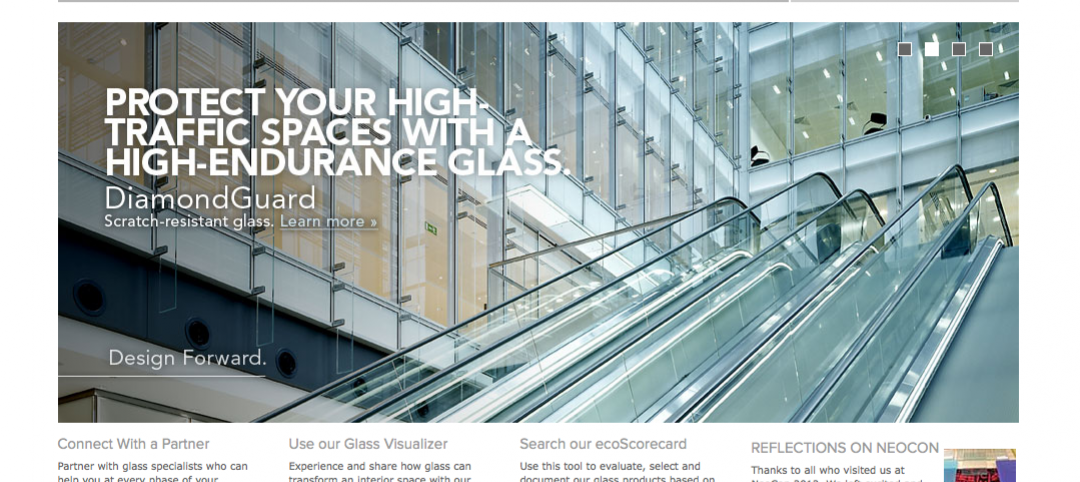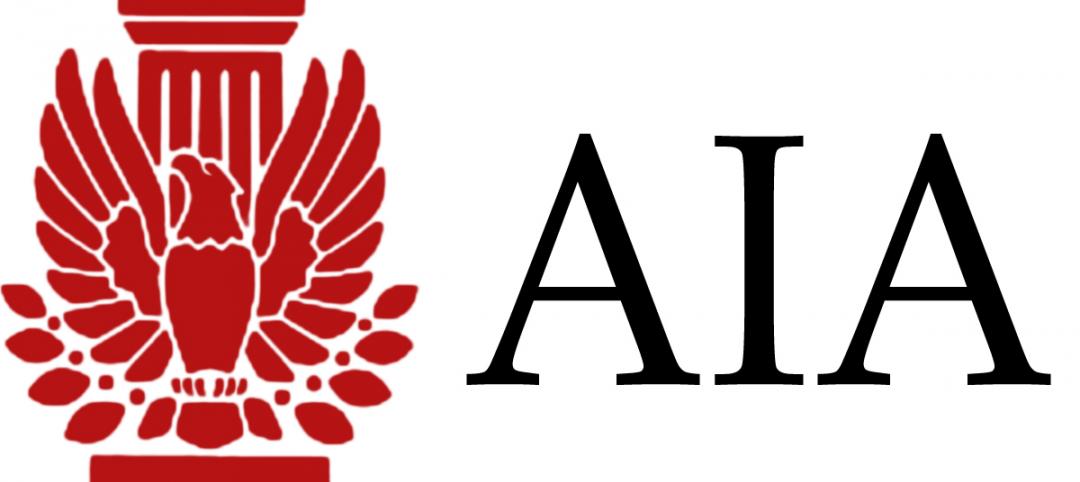Clear glass is extremely common and is popular for a variety of architectural design applications, including vision glass, spandrel glass, storefronts, entryways and other exterior uses. It is specified repeatedly due to its versatility and ability to serve as a substrate for solar control, low-emissivity (low-E) coatings. In addition to its compatibility with low-E coatings, clear glass—sometimes referred to as “clear float glass, “conventional clear glass” or “standard clear glass”—is also relatively inexpensive and is frequently selected for its neutral color.
However, when specifying glass to achieve a desired aesthetic, design professionals know that clear glass isn’t completely clear. When viewing a lite of clear glass, you may notice its slight green aesthetic, which becomes more pronounced when viewed from an angle and appears even darker at increased thicknesses or when used with low-E coatings. This can compromise design intent, especially if the goal is to create a highly transparent façade or well-lit spaces with brilliant views of the outdoors.
Iron oxide content within the glass, left over from the manufacturing process, gives clear glass its green aesthetic. Experienced design professionals are all too familiar with this undesirable attribute. However, new innovations are addressing this design challenge from both an aesthetic and budget perspective.
Low Iron and High Performance
The right glass can be the centerpiece of an amazing design concept. With its low iron content, low-iron glass significantly reduces the green hue found in clear glasses, making it ideal for distinctive exterior applications where excellent clarity is required. For reference, Acuity™ low-iron glass by Vitro Architectural Glass is 60 percent less green than ordinary clear glass.
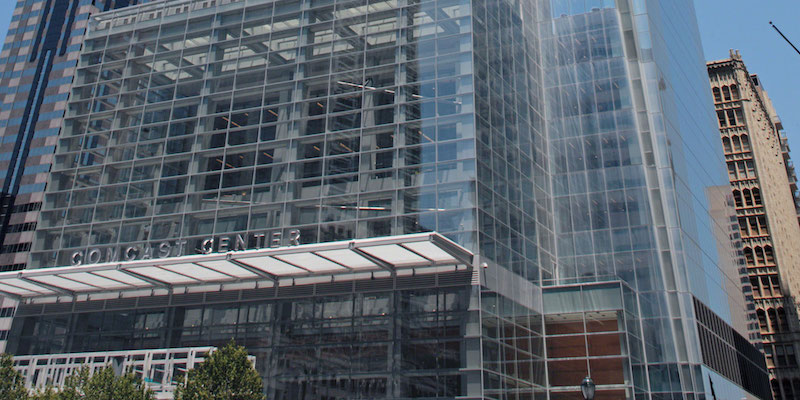
Low-iron glasses are also ideal substrates for low-E coatings, complementing the heightened clarity with outstanding energy performance. This combination allows designers to create highly transparent, high-performance exterior façades with brilliant interior views, high visible light transmittance (VLT) and true-to-life views of the outdoors.
A low-E, low-iron insulating glass unit (IGU) typically consists of an exterior lite of low-iron glass with a low-E coating applied to the interior surface and an exterior lite of uncoated low-iron glass. This configuration can be specified for everyday applications, such as office buildings and institutions, hotels, schools, condominiums and mixed-use buildings, as well as entrances and retail storefronts. Low-E, low-iron IGUs also can be leveraged for distinctive daylighting applications, such as atriums and skylights.
Cost Considerations
Fabricated glass costs are an important consideration in the façade design process. Market research indicates the installed cost of a standard glass and metal curtainwall averages $90 per square foot nationally. While the prospect of upgrading from coated clear glass to coated low-iron glass may raise budget concerns by some project stakeholders, new advances by glass manufacturers have helped bring transparent, high-performance façades within reach.
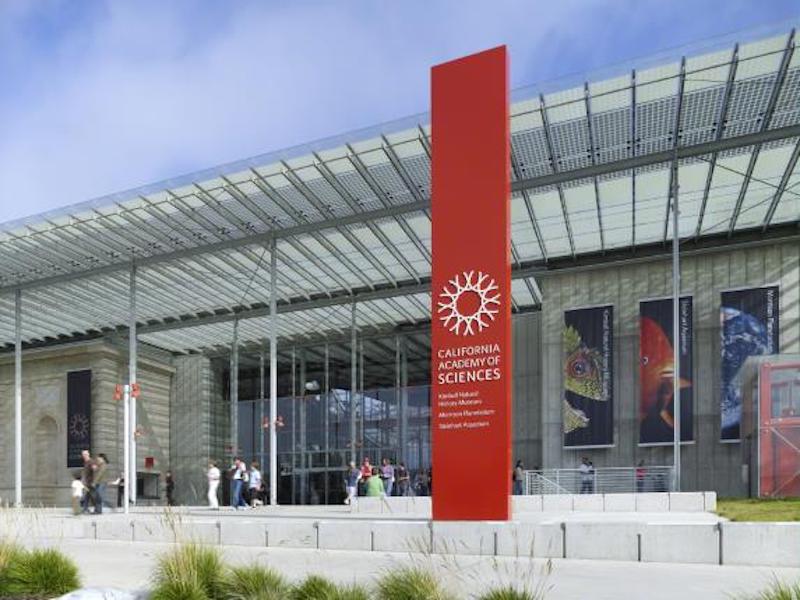
For example, upgrading a low-E-coated clear insulating glass unit to an IGU with Solarban®Acuity™ glass by Vitro Architectural Glass typically will increase the total installed curtainwall cost by only $1 to $2 per square foot. This optimization of cost, clarity and performance allows design professionals to make low-iron glass an integral focus of their façade designs.
Commercial building design is often an exercise in balance—between performance and aesthetics and budget and quality. Fortunately, options are available today that allow design professionals to avoid compromise and retain their original design intent.
Get less green, for less green
Request samples of Solarban®Acuity™ glass at vitroglazings.com/acuity. Choose from two customizable sample kits to assist with product evaluation.
Related Stories
| Oct 22, 2012
Two-Hour Curtain Wall Lets Light In and Keeps Fire Out at Prairie Hills Junior High School
New school’s south-facing elevation features a glazed aluminum curtain wall that incorporates PPG Solarblue and PPG Solarban 60 glazing.
| Jul 16, 2012
Business school goes for maximum vision, transparency, and safety with fire rated glass
Architects were able to create a 2-hour exit enclosure/stairwell that provided vision and maximum fire safety using fire rated glazing that seamlessly matched the look of other non-rated glazing systems.
| Jun 29, 2012
Guardian launches industry’s first glass visualizer for interior design
Online tool allows designers to explore the possibilities of glass.
| Jun 1, 2012
New BD+C University Course on Insulated Metal Panels available
By completing this course, you earn 1.0 HSW/SD AIA Learning Units.
| Jun 1, 2012
AIA 2030 Commitment Program reports new results
The full report contains participating firm demographics, energy reduction initiatives undertaken by firms, anecdotal accounts, and lessons learned.
| May 31, 2012
Product Solutions June 2012
Curing agents; commercial faucets; wall-cladding systems.
| May 29, 2012
Reconstruction Awards Entry Information
Download a PDF of the Entry Information at the bottom of this page.
| May 24, 2012
2012 Reconstruction Awards Entry Form
Download a PDF of the Entry Form at the bottom of this page.


